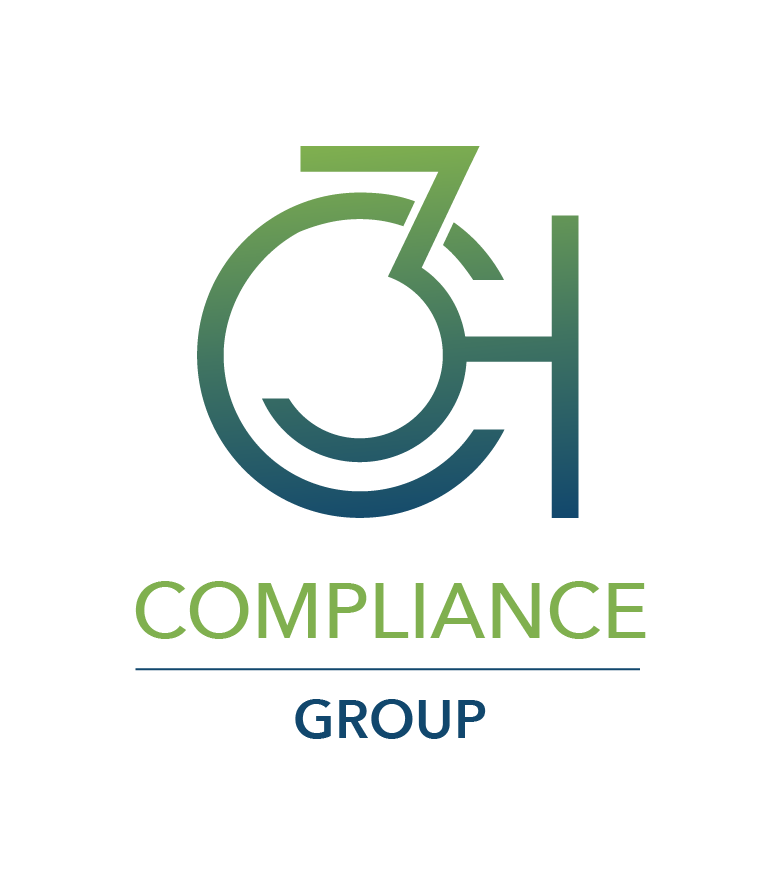In the insurance industry, compliance with licensing requirements is critical for the lawful operation of agencies. A key component of this compliance is the designation of a Designated Responsible Licensed Producer (DRLP or DRP). Most insurance professionals are familiar with the role of DRLP. Based on the number of DRLP-related questions and missteps we encounter, however, it’s clear that many don’t understand the ins-and-outs of the position. This article explores the role, responsibilities, and regulatory framework surrounding the DRLP, providing insurance professionals with a comprehensive understanding of this essential position.
What is a Designated Responsible Producer (DRLP)?
A Designated Responsible Licensed Producer (DRLP) is an individual appointed by an insurance agency to be the individual accountable for agency compliance with state insurance laws and regulations.
History of the DRLP
The role of the DRLP emerged in the late 1990s and early 2000s as regulatory bodies in the United States worked to establish stronger accountability frameworks for insurance agencies. This period saw increasing regulatory scrutiny and a push from the National Association of Insurance Commissioners (NAIC) for consistent licensing and compliance practices across states.
The DRLP concept gained traction through initiatives like the NAIC’s Producer Licensing Model Act (PLMA), first adopted in 2000. By the mid-2000s, most states had introduced regulations requiring agencies to identify a DRLP, or equivalent, to be accountable for licensing, renewals, and adherence to state and federal regulations. (Note: Because regulations vary by state, DRLP requirements also vary by state – something agencies operating in more than one state need to keep in mind.) The role has since become a requirement for licensed insurance agencies, due to its effectiveness in ensuring regulatory compliance and consumer protection.
Key Characteristics of the DRLP:
- Licensing: The DRLP must hold a valid insurance producer license in the state where the agency operates.
- Accountability: The DRLP is responsible for the agency's adherence to regulatory requirements, including proper licensing of all producers and compliance with state laws.
- Representation: The DRLP serves as the agency's representative in interactions with regulatory bodies. In most states, the DRLP has the authority to make changes to the agency’s license.
Responsibilities of the DRLP
The DRLP's role is multifaceted, encompassing various compliance and operational duties, including those listed below. The reality is, however, that each of these responsibilities are often assigned to other individuals within the agency, such as an attorney or compliance administrator.
Key duties include:
Regulatory Compliance:
- Ensuring the agency and its producers maintain valid licenses in all applicable states based upon the products and services being provided.
- Monitoring adherence to state-specific insurance laws and regulations, and in certain circumstances, applicable federal laws.
- Overseeing the proper handling of client funds and documentation.
- In the case of regulatory desk and field audits or disciplinary actions, ensuring the agency responds to requests for information and documentation, and complies with all state regulatory action reporting requirements.
Training and Supervision:
- Providing guidance and training to agency staff on compliance matters.
- Supervising the activities of producers to prevent violations of insurance laws.
Record-Keeping:
- Maintaining accurate records of licensing, continuing education, and other compliance-related documentation for the statutory required period.
- Ensuring timely submission of reports and renewals to regulatory authorities.
Ethical Standards:
- Promoting ethical practices within the agency.
- Addressing and resolving any compliance issues or complaints.
Licensing Requirements for the DRLP
The licensing requirements for a DRLP vary by state but generally include the following:
- Producer License: The DRLP must hold an active insurance producer license in the state with the relevant lines of authority (e.g., life, health, property, casualty, surplus lines). Most states require the DRLP hold all the same lines of authority as the agency or, if a state permits multiple DRLP’s, the DRLP’s cumulatively hold all the same lines of authority as the agency.
- Residency: In a few states, the DRLP must be a resident of the state or maintain a business address in the state where the agency is licensed.
- Eligibility: Some states require the DRLP to be an officer of the agency. This is to ensure the person has the authority to enforce compliance. Other states require the DRLP hold an active appointment in the state with an admitted insurance carrier (e.g. FL and KY). For certain license types (e.g. Reinsurance Intermediary), some states require the DRLP to have held an active producer license or have industry experience for a specific number of years.
- Background Check: For certain license types (e.g. Reinsurance Intermediary), some states require a background check to ensure the DRLP meets ethical and professional standards.
- Continuing Education: The DRLP must complete ongoing education requirements to stay informed about regulatory changes and industry practices and maintain their resident state license.
- Affiliation: Some states also require the DRLP to be separately affiliated with the agency as a producer.
Regulatory Oversight
The regulation of insurance agencies and DRLPs is typically overseen by state insurance departments. These regulatory bodies enforce compliance through:
- Audits and Examinations: Periodic reviews of agency operations to ensure adherence to laws.
- Penalties for Non-Compliance: Fines, license suspension, or revocation for failure to meet regulatory standards.
- Guidance and Updates: Issuing bulletins and updates to inform agencies of changes in laws or regulations.
The NAIC also plays a role in standardizing regulations across states, providing model laws and guidelines for DRLP requirements.
Limits on DRLP Appointments
Some states, such as Arizona, only permit one DRLP per agency per license class. Others, such as New Jersey, allow multiple DRLP’s per agency per license class.
Consequences of Non-Compliance
Failure to designate or maintain a qualified DRLP or comply with DRLP-related regulations can result in significant consequences for an insurance agency, including:
- Fines and Penalties: Monetary penalties for violations of state laws.
- License Suspension or Revocation: Loss of the agency's ability to operate legally.
- Reputational Damage: Loss of trust among clients and business partners.
Best Practices for Insurance Agencies
To ensure compliance and mitigate risks, insurance agencies should adopt the following best practices:
1. Select a Qualified DRLP:- Choose an individual with extensive knowledge of insurance laws and a strong ethical foundation. We recommend choosing at least one individual who is also an officer.
- Provide ongoing education and resources to keep the DRLP and agency staff informed about regulatory changes. Subscribing to regulatory bulletins, joining industry associations, and participating in educational forums can also help the DRLP stay updated.
- Establish internal policies and procedures to monitor and enforce compliance.
- Compliance software, such as Creative Compliance Hub, can simplify tracking producer licenses, automating reminders for renewals and updates, and storing necessary documentation. These tools are invaluable for maintaining organization and ensuring no detail is overlooked.
- Foster a culture of transparency and accountability within the agency.
Conclusion
The Designated Responsible Producer is a cornerstone of regulatory compliance for insurance agencies. Adhering to state-specific requirements and adopting best practices will help agencies navigate the complex regulatory landscape surrounding the DRLP with confidence.
From overseeing producer licensing to acting as the agency’s regulatory point of contact, the DRLP plays a central role in avoiding legal and financial penalties and safeguarding the agency’s reputation.
If you have any questions about DRLPs in general, a state’s specific requirements, or would like assistance completing and filing the appropriate documents for establishing or changing a DRLP, please feel free to contact us.

